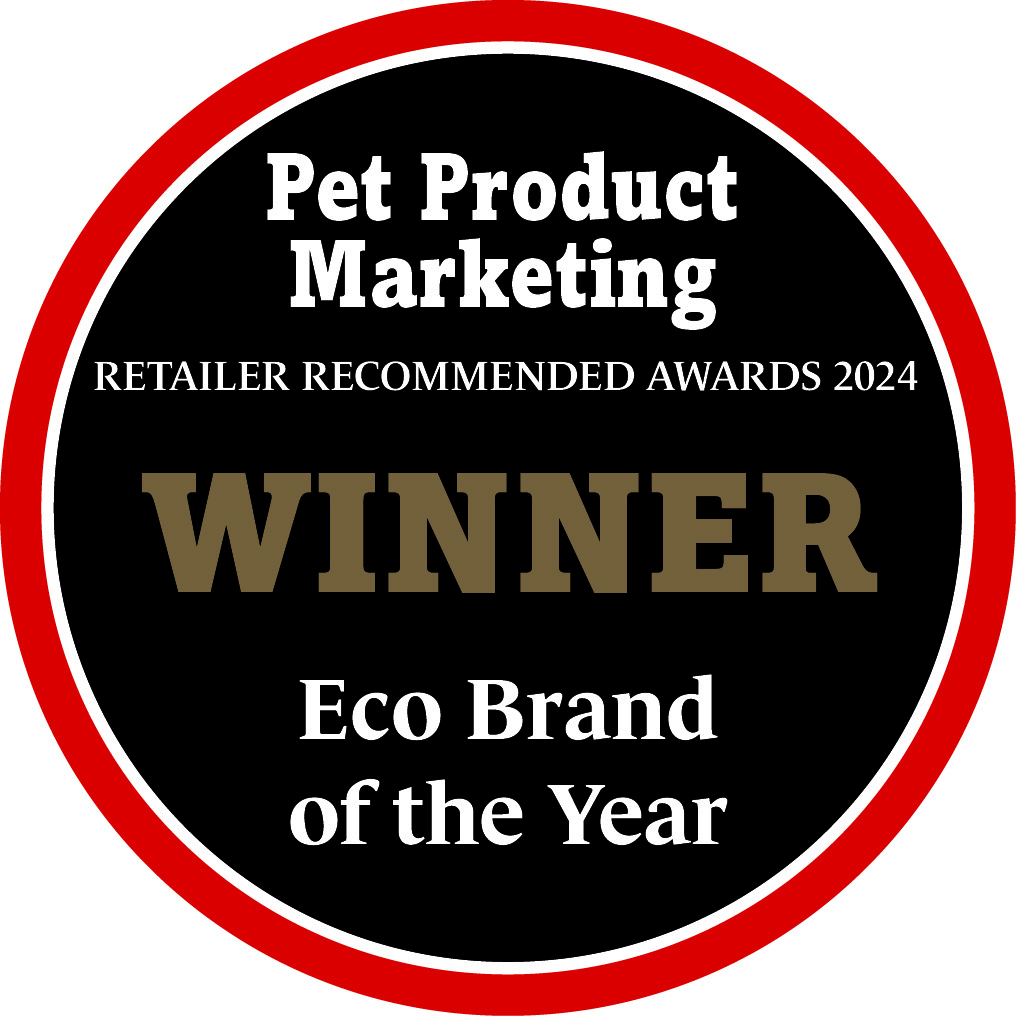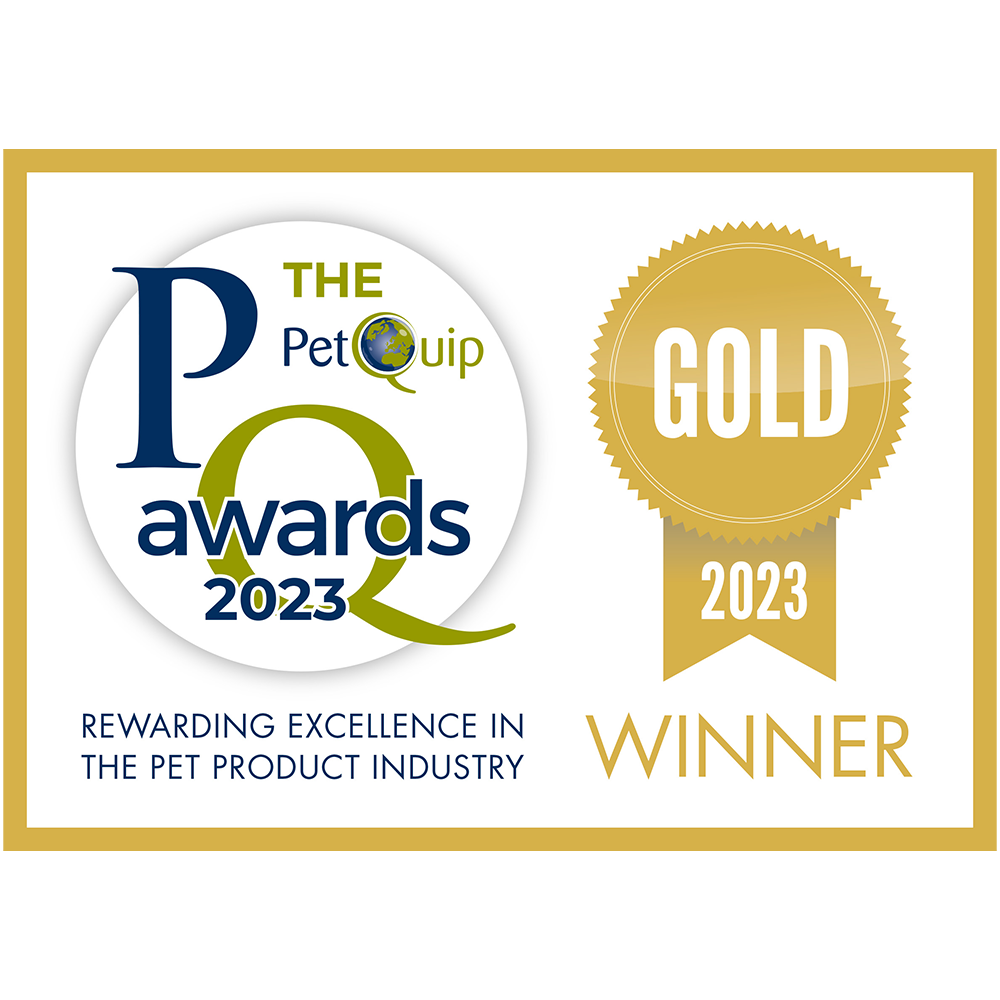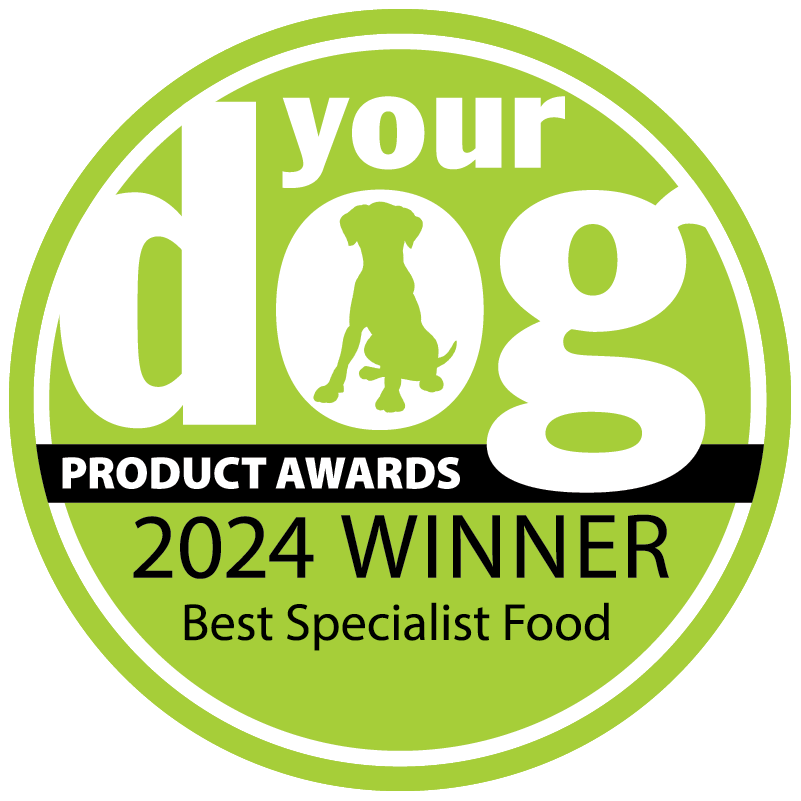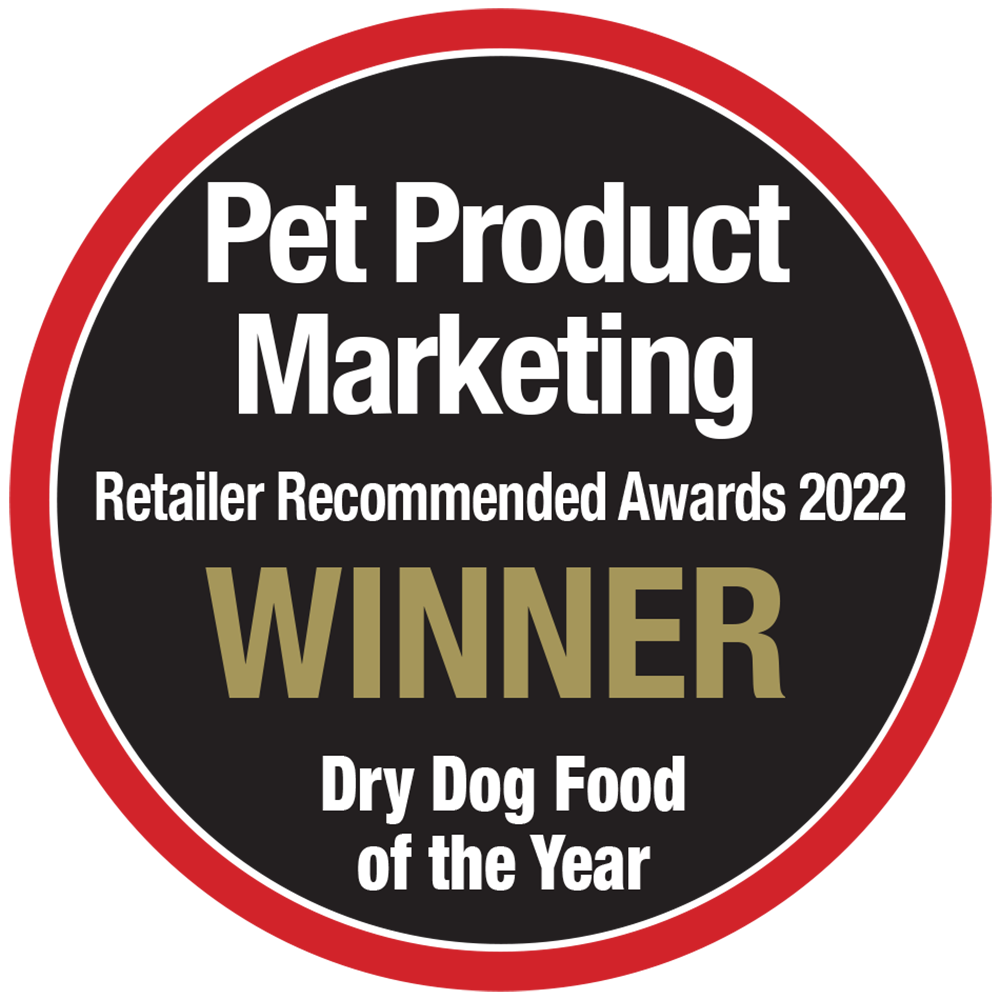
Written by John Burns BVMS MRCVS
Moulting is a normal physiological process, common to mammals, birds, reptiles and invertebrates. It is a way of discharging wastes from the system and preparing for a new season. In dogs and cats, moulting should occur once or twice a year as we go from winter to spring and, depending on breed, summer to autumn.
The seasonal moult is normal and healthy but dogs and cats should not moult between these short-lived moults. Many pets, both dogs and cats, moult continuously, all year round and pet owners assume that this is normal and a fact of life, to be suffered and dealt with by frequent vacuum cleaning. This type of continuous moult shows that there is an excess of waste in the system which the pet is trying to eliminate.
Contrary to popular opinion, central heating is not the CAUSE of excess moulting but may aggravate the problem in two ways:
One or several of these factors in combination lead to the build-up of toxic waste in the system which culminates in a range of possible problems, the commonest of which is a skin disorder. Read more in our Natural Health Guide Development of Disease Stages 1–3, pages 6-8. All, I repeat ALL potential causes mentioned here need to be addressed in order to avoid build-up of toxic waste in the system which causes continuous moulting.
Feed a highly digestible, natural, wholesome, hypoallergenic food which is high in complex carbohydrate and low in protein and fat, and free from additives (other than essential vitamins and minerals). I have found over many years’ experience that food which uses wholegrains as the mainstay of the diet gives excellent results but other ingredients such as potato and buckwheat can also be effective. Not every food suits every dog so it may be necessary to experiment with several foods to find the right one for your own dog.
Just as important as the right type of food, it is vital to get the feeding amount right too. This is where many pet owners fall down. Overfeeding, even good quality food, contributes to the toxic burden of the system which causes persistent moulting as well as numerous other health problems. Manufacturers’ recommended feeding amounts should not be followed religiously. Every dog is an individual with different needs from all others and must be treated as such. Food should be fed as sparingly as possible, especially in the early stages. The best guide to feeding amounts is that when you hit the right feeding amount (of the suitable food), the moulting will stop.
I find many owners stumble from food to food in the hope of coming across one which will help their dog. The Burns Health & Nutrition Team has the knowledge and experience to advise you on how a methodical process can help find the right food for your dog. For example, one dog may not be suited to chicken but may do well on duck. For another, a potato or maize based food may be more effective than a rice-based one (or vice versa).
You can read more about food allergy/intolerance in my Veterinary Guide to Natural Healthcare (pp. 9-10). In the early stages at least, it is important to keep the food intake as simple as possible; no treats, table scraps, etc. This is important to minimise the risk of introducing food allergy/intolerance.
The beauty of this all-round holistic approach to health is that it will help not only moulting but other skin disorders such as itchy skin and most other health problems too, not just for any pre-existing problems but help to avoid health problems in the future.
If your dog is itchy or excessively moulting then we recommend getting the anal glands emptied. This can help remove toxins from the body and help the condition improve quicker.
Get in touch with the Burns Health and Nutrition Team for individually tailored advice on the right food type and amounts for your dog. At Burns we work to address pet health conditions brought about by unhealthy lifestyle and especially diet. Drawing on the link between health and nutrition, we developed dry pet food that offers the same benefits for your favourite furry friend as simple homecooked food.







